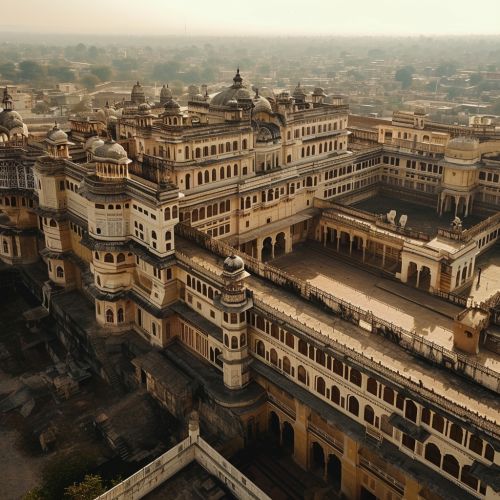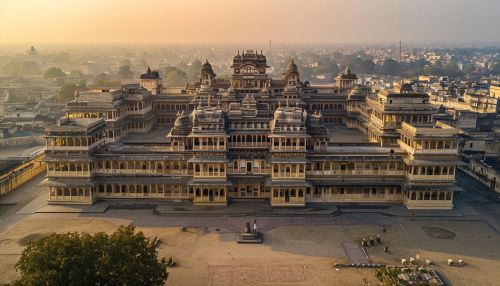Palace of the Parliament
Overview
The Palace of the Parliament is a monumental edifice located in Bucharest, Romania. It is the world's largest civilian building with an administrative function and the second largest building in the world after the Pentagon. The Palace of the Parliament is a testament to the architectural prowess and grandeur of the late 20th century.


History
The Palace of the Parliament was constructed during the reign of Nicolae Ceaușescu, the last Communist leader of Romania. The construction of the palace was part of Ceaușescu's ambitious urban development plan, known as the Systematization. The project aimed to transform Bucharest into a "multilaterally developed socialist society."
Architecture
The Palace of the Parliament is a marvel of modern architecture, combining elements of classical architecture with the grandiosity of totalitarian architecture. The building was designed by a team of architects led by Anca Petrescu. The palace is a blend of numerous architectural styles, including neoclassical and brutalist, with an eclectic mix of Romanian architectural elements.
Interior
The interior of the Palace of the Parliament is as grand as its exterior. The palace boasts over 1,000 rooms, each lavishly decorated with hand-made tapestries, crystal chandeliers, and heavy drapes. The palace also houses the Senate of Romania, the Chamber of Deputies, and several museums, including the National Museum of Contemporary Art.
Construction
The construction of the Palace of the Parliament was a colossal undertaking. It involved the demolition of much of Bucharest's historic district, including numerous churches, synagogues, and approximately 30,000 residences. The construction process was marked by numerous controversies, including allegations of human rights abuses and the use of forced labor.
Legacy
The Palace of the Parliament is a symbol of the Ceaușescu regime's excesses and disregard for historical preservation. Despite its controversial history, the palace has become a major tourist attraction and a symbol of Bucharest. It also serves as a reminder of the country's communist past and the challenges it faced during the transition to democracy.
